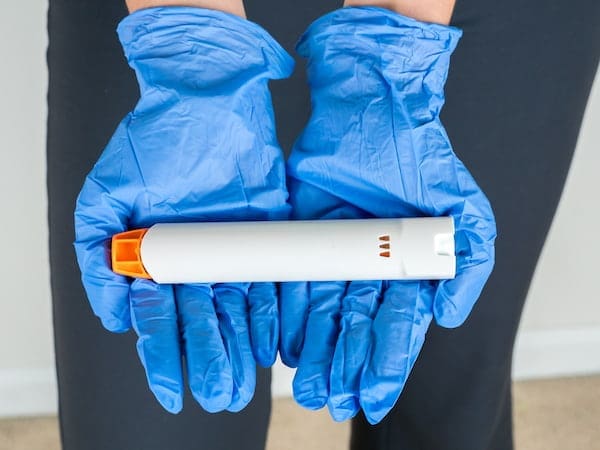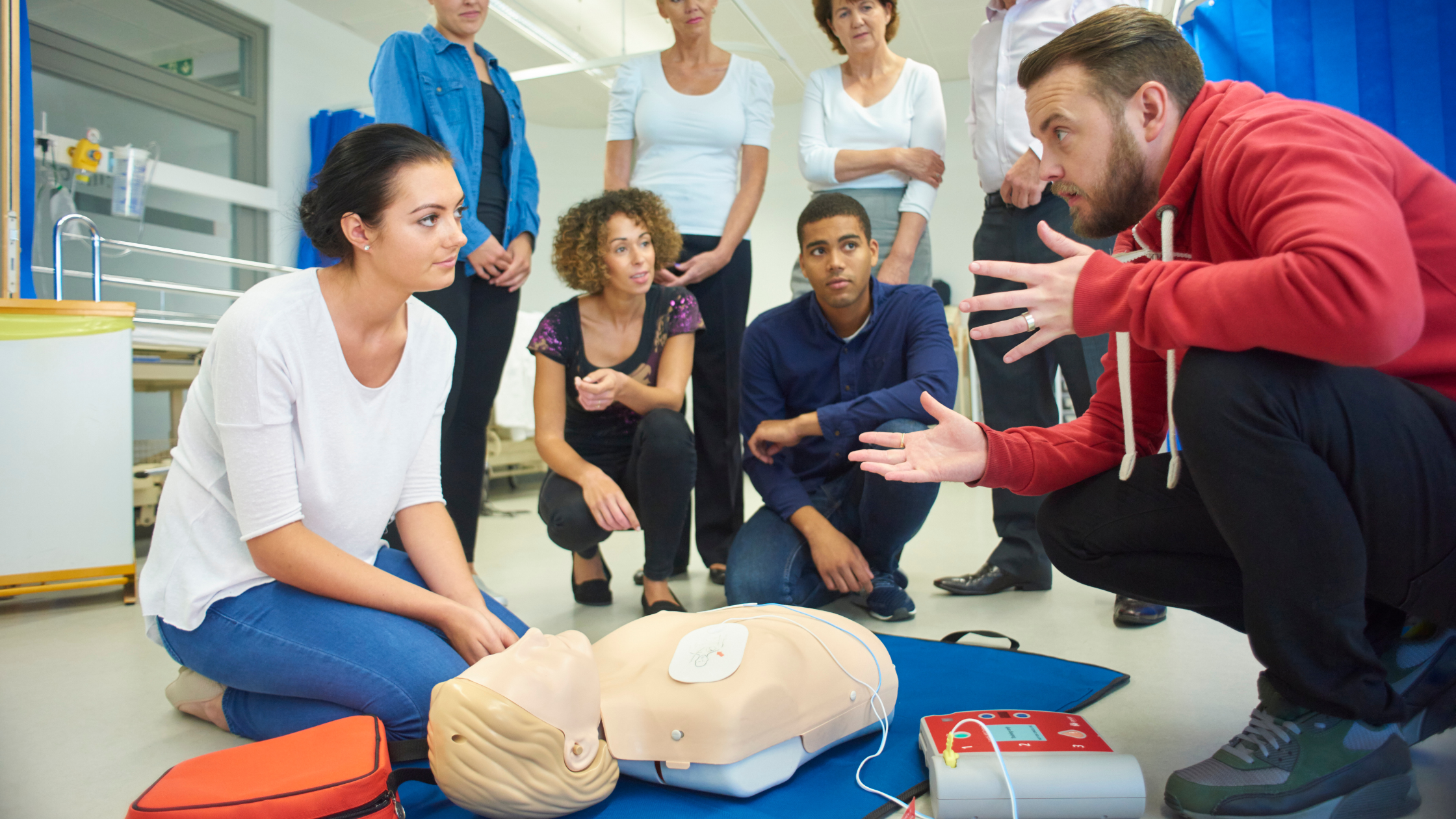An online scientific journal reports that the incidence of all-cause anaphylaxis has increased over the past two decades in Australia. Official reports and statistics from the National Asthma Council Australia (NACA) show that asthma caused the deaths of 421 Australians in 2019. This is an increase from the 395 asthma fatality cases in the previous year.
Since both asthma and allergies are complex conditions, every Australian must take them seriously. It makes sense to declare the two as a public health issue, especially since there’s a steady rise in asthma and allergy-related mortality cases. The National Asthma Council urges everyone to know what to do during an asthma and allergy emergency.
This is where asthma and anaphylaxis training comes into play. Read on to learn how it can help save lives.
Understanding Asthma and Its Causes
A medical condition that affects the airways, asthma limits the amount of air that can be inhaled into the lungs, causing the airways to tighten up, thicken up, and fill up with mucus. Asthma can be caused by various factors, with some things increasing the severity. The following factors trigger asthma:
– Viral respiratory infections like flu and cold
– Indoor allergens such as dust mites and pet fur
– Outdoor allergens like pollens and moulds
– Cigarette smoke
– Chemical irritants in the workplace
– Air pollution
– Strong odours like perfume
Cold air, changes in temperature, thunderstorms, hormonal changes, pregnancy, physical activity, and a range of other less common irritants can also trigger asthma in some individuals. These factors cause asthma because they irritate the airways and cause an adverse reaction. In some cases, they can cause fatality.
Common Symptoms of Asthma
When asthma affects a person’s airways, the signs and symptoms manifest in a number of ways. Here are the most common signs and symptoms that someone is having an asthma attack:
– Chest pressure
– Coughing
– A feeling of not being able to get enough air
– Shortness of breath
– Throat irritation
– Wheezing
Understanding Anaphylaxis and Its Causes
Anaphylaxis is a severe and life-threatening allergic reaction. It happens when a person’s antibodies (which usually fights infection) overreacts to something harmless like food. While it might not happen the first time a person comes in contact with the trigger, it can develop over time.
It needs to be treated right away as it can be deadly. If someone experiences an anaphylactic reaction, they need an epinephrine or adrenaline shot as soon as possible. A person shouldn’t take an antihistamine for an anaphylactic reaction.
Common Symptoms of Anaphylaxis
The most common cause of anaphylactic reaction in adults is medication. For children, the main cause is food. When the antibody reacts to these triggers, a person may experience typical allergy symptoms such as a runny nose or skin rash.
But within half an hour, more serious signs appear, such as:
- Coughing
- Fainting, dizziness, confusion
- Hives; and itchy, swollen, or red skin
- Rapid heartbeat
- Runny or stuffy nose
- Sneezing
- Shortness of breath
- Swollen or itchy lips, tongue, or throat
- Tightness in the chest
- Trouble breathing and swallowing
- Vomiting and diarrhoea
- Weak pulse
This condition is rare, and most people recover from it. Persons who have had an anaphylactic reaction before have a higher risk of having another one. Those who have a family history of anaphylaxis or have asthma also have a higher risk of having an anaphylactic reaction.
Saving Lives with Asthma Training
Asthma and anaphylaxis are serious conditions that can vary in severity from person to person. It is important to understand what causes them and how to help as almost 1 in 9 people in Australia has these conditions. Having an action plan (which details what triggers these conditions and how to tell what the symptoms are and if they are getting worse) can save lives.
To respond to emergencies involving asthma and anaphylaxis-related conditions, one needs to participate in comprehensive asthma and anaphylaxis training. Asthma and anaphylaxis training courses go into detail on how to cope and plan for people who have asthma and anaphylactic reactions. These courses can provide life-saving information on how to save individuals experiencing these conditions as they can come from nowhere.
In your asthma and anaphylaxis training, you will learn the following:
1. Responding to random attacks
The National Asthma Council has set a step-by-step procedure to follow in case of an asthma attack. In a training course, participants will learn how to respond when someone suffers from an attack. To give an overview, here are the steps usually taken when responding to asthma-related emergencies.
2. Using the right relievers and preventers
It’s crucial to use the right medicine for rapid relief and treatment of asthma and anaphylactic reaction symptoms when they flare up. Qualified first aiders use relievers and puffers to relax the airway muscles and open the airways of a person experiencing an asthma attack.
They can be used to reduce flareups caused by exercise. As for reducing the inflammation (redness and swelling) in the airways, inhalers are to be used. These inhalers are prescribed medicine usually supplied to people who exhibit asthma symptoms twice or more within a month.
When the emergency medical help team responds to anaphylaxis-related emergencies, the patient will be given epinephrine to reverse the symptoms within minutes. A second shot will be given within half an hour if the symptoms are not reversed after the first shot. These shots come in pre-filled and ready-to-use pens (e.g. EpiPen and Anapen), and first aiders can assist patients to self-administer.
Get First Aid Training and Have an Asthma Action Plan
If you or someone you know has asthma or experience anaphylactic reactions, having an action plan can be vital to ensure the safety of yourself and others. In a comprehensive asthma and anaphylaxis training, participants learn a specific set of instructions that can help identify what steps to take when someone has an asthma attack.
Here at the Australian Training Institute, we provide a nationally accredited course that covers a lot of different aspects pertaining to asthma and anaphylactic reactions. Our training courses can be life-saving as they teach you valuable skills for an emergency situation. Get in touch with our team to learn how you can help save lives.
Australian Training Institute‘s campus is located in 7/51 Brighton Rd, Sandgate QLD 4017 and is just a few minutes away from the Deagon, Brighton, Virginia, Clontarf, Brendale, Strathpine and Chermside.
Click on the links below for more information regarding our asthma and anaphylaxis training.
– Asthma and Anaphylaxis (22556VIC & 22578VIC)
– CPR w/ Asthma and Anaphylaxis
– Childcare First Aid (HLTAID012) – includes asthma and anaphylaxis training




